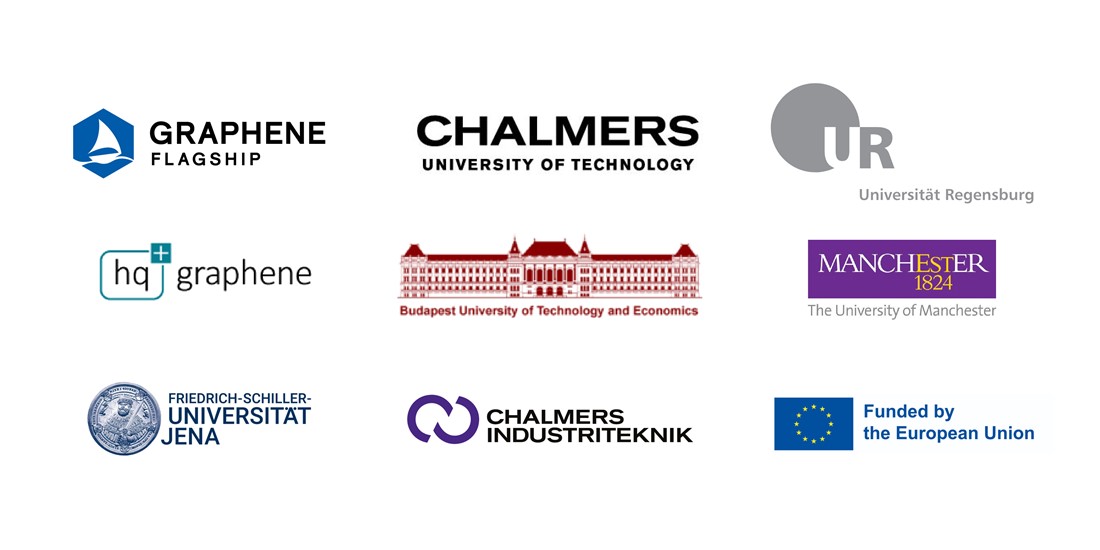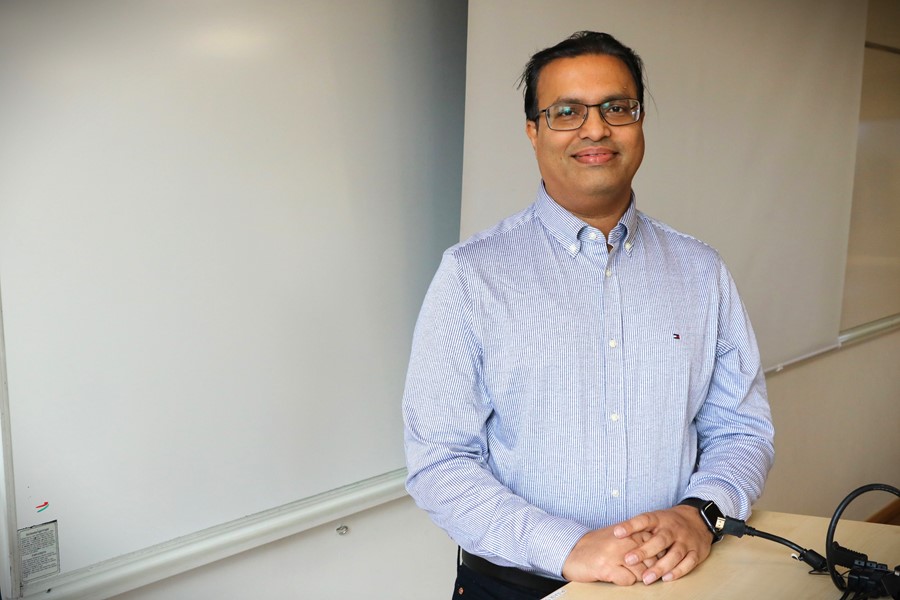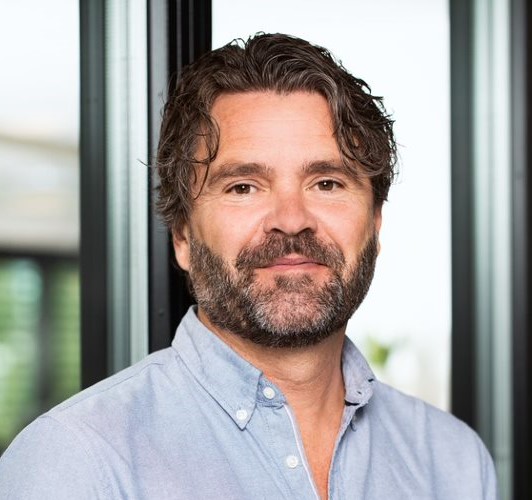2DSPIN-TECH: A new Horizon Europe project creating memories
Innovative and sustainable technology with 2D materials is a priority of researchers and entrepreneurs worldwide. Now, a brand-new Horizon Europe graphene-spintronic project kicks off with huge potential to provide reliable memory storage solutions. It is a game-changer for the next-generation technology in an exciting field.
Two-dimensional (2D) materials and their heterostructures for building all-2D spintronic devices enable faster speed and operate at very low current densities compared to conventional materials.
Graphene, as the most investigated 2D material, has been used to strengthen polymer, concrete, paints and is even expected to replace silicon in semiconductors. Today, there are products containing graphene in everything from tennis rackets, helmets, grease oil, mobile phones, electric cars to healthcare and aerospace. However, the study and development of other 2D materials is still at an infant stage.
World-leading researchers
The 2D Heterostructure Non-volatile Spin Memory Technology Project, also called 2DSPIN-TECH, will use 2D quantum materials and their heterostructures to develop memory devices based on spintronics. To achieve this, the project brings together pioneering and world-leading experimental and theoretical researchers and a company in the field of spintronics and 2D materials in Europe.
The project aims to utilise the spin degree of freedom from electron, to provide a breakthrough for next-generation magnetic random-access memory (MRAM) technologies using atomically thin 2D materials heterostructures. This device architecture will incorporate 2D spin-orbit materials (2DSOMs) and 2D ferromagnets (2DFM) in van der Waals (vdW) heterostructures to exploit the fundamental interaction between charge, spin and orbital degrees of freedom. It is expected to provide high-speed, low-power and reliable memory solutions. These developments will open opportunities for Europe to get back into the memory market.
“2DSPIN-TECH goes much beyond what has been studied in the spintronic work package of the Graphene Flagship, by exploring a more comprehensive range of mechanisms and all-2D-devices elaborated with novel materials,” says project coordinator Saroj Dash, professor in Quantum Device Physics from Chalmers University of Technology.
Sustainable IT-solutions
This project initiates great possibilities for new and more sustainable solutions for the future use of information technology.
“2D magnetic materials are more sustainable because they are atomically thin and offer unique magnetic properties that make them attractive for developing new energy-efficient and ultra-fast applications for sensors and advanced magnetic memory and computing concepts. This makes them promising candidates for a range of different technologies,” says professor Saroj Dash.
Besides memory devices, the technology developed in 2DSPIN-TECH can be used in quantum computing as a means of creating and manipulating qubits, which are the basic building blocks of a quantum computer. Such non-volatile memory technology could also provide a more secure way to store sensitive personal and institutional information.


Project Coordinator Saroj Dash, professor in Quantum Device Physics from Chalmers University of Technology.
2D magnetic materials are more sustainable because they are atomically thin and offer unique magnetic properties that make them attractive for developing new energy-efficient and ultra-fast applications for sensors and advanced magnetic memory and computing concepts. This makes them promising candidates for a range of different technologies”
Project Coordinator




 2DSPIN-TECH
2DSPIN-TECH